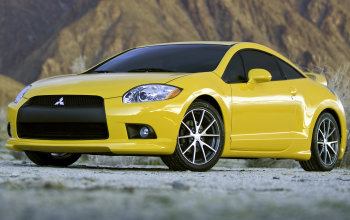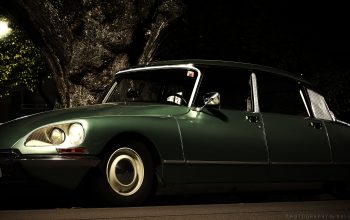Many regard RUF models as just some tuned versions of Porsches, but those powerful engineering perfections are beyond that, here’s why.
RUF is a German car maker that seeks to glorify and add spice to already spicy Porsches by tuning them as much as the laws of physics allow them to. Now, there are many car companies that strive to build new cars through existing bodies while staying loyal to the original, and among them, RUF certainly succeeds in that aspect and retains their distinctive status, creating Porsches with a di erent and unique personality by buying and utilizing Porsche chassis and making merry with their own interpretation on 911 designs.
RUF seasons their models with their own delightful touches, and each model has their own twists on 911’s or whichever Porsche model they’re based on. Let’s take a look at certain RUF models that feature such twists and stand out even from the original models.

RUF CTR ”Yellowbird”
We will kick off our RUF adventure with the most legendary model of them all, the 1987 CTR, nicknamed Yellowbird by the Road & Track magazine. The CTR is essentially an ’87 3.2 911 Carrera and featured an iconic and distinctive yellow color that made it stand out from all the other 911’s. It certainly does justice to its nickname since the CTR features a heavily tuned Porsche engine, a 3.4L twin-turbo flat-6 producing 469 HP and 408 lbs⋅ft of torque, allowing this straight-jacket wearing car to be the world’s fastest car upon its introduction with its gures of 0 to 60 in 3.6 seconds and a top speed of 342 km/h (213 mph).
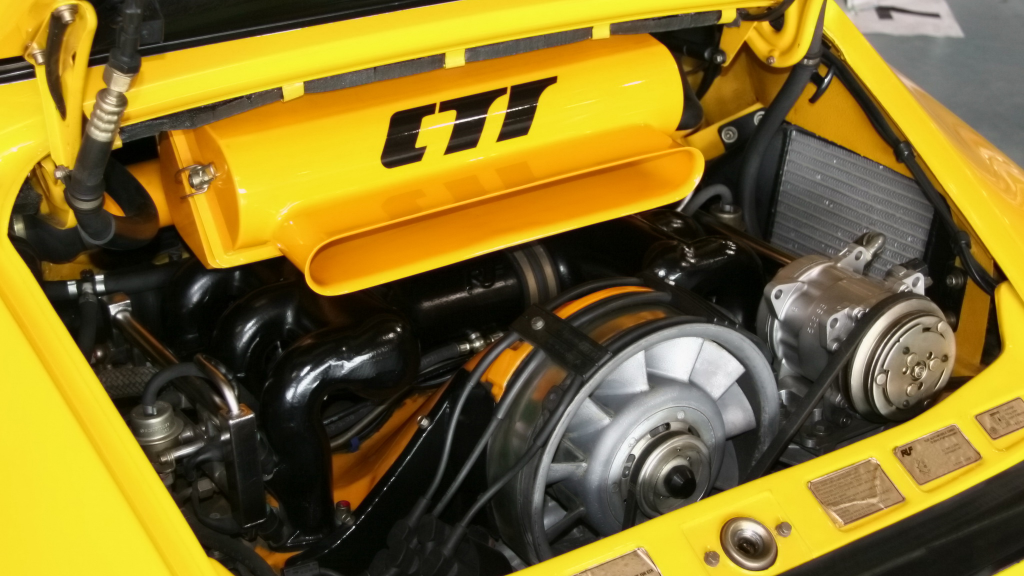
Of course, absolute power was not the only factor that made the CTR such a desirable speed demon as the CTR only weighs 2,535 lb (1,150 kg) which is achieved through using aluminum body parts made by Ruf themselves. CTR also featured Ruf’s own 5-speed manual gearbox which allowed them to have better gear ratios compared to Porsche’s transmission, which was deemed too incapable to cope with the power of the two turbos of the sentient at-6 at the back. The CTR, then, is a monumental masterpiece that made RUF be known and be loved by many car enthusiasts in such a level that RUF made 50 even faster anniversary CTR models, modernizing the car while staying loyal to the design.

RUF R Kompressor
RUF is a brand that loves to experiment. One of these lesser known experiments was the 2006 RUF R Kompressor, which, as its name suggests, was essentially a 997 generation 911 with a centrifugal supercharger, which is unusual and unheard to have in a 911. The R Kompressor had 3.6 or 3.8 flat-6 engine and RWD and AWD options, all of which had 6-speed manual as standard and 5-speed auto that’s optional.
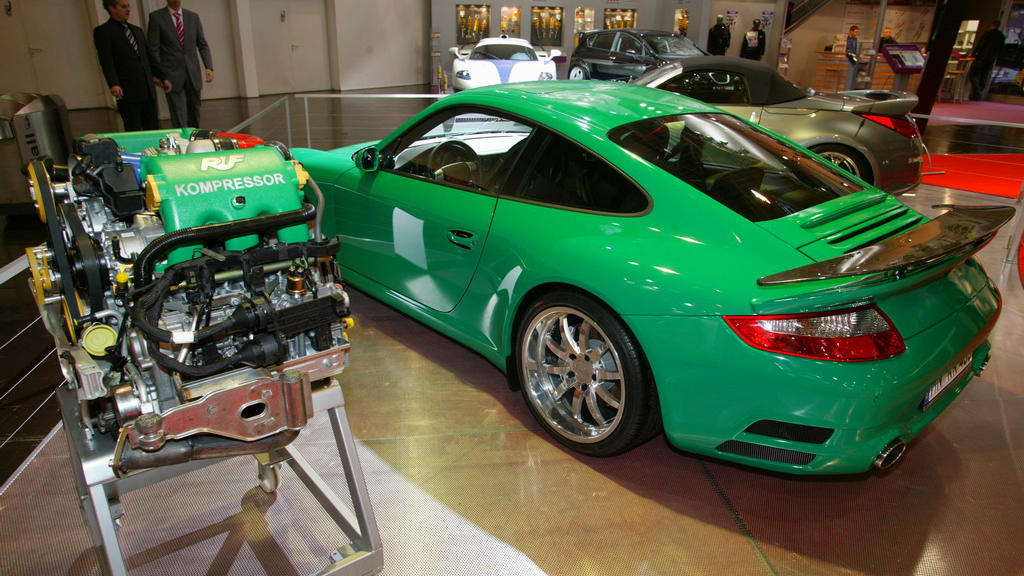
The 3.6 flat-6 produces 409 HP and 332 lbs⋅ft while the 3.8 version pumps out 429 HP and 347 lbs⋅ft of torque which has a 0 to 60 of 4.0 seconds and a claimed top speed of 304 km/h (189 mph). Visually, it features a mint green color and original RUF designed wider and lighter body parts and rims which certainly sets it apart from the ordinary 911’s. R Kompressor certainly pushed the envelope of the idea of a unique 911 with its supercharged nature which still stands as the only production supercharged 911, making it an underrated and desirable example on the 911 range.
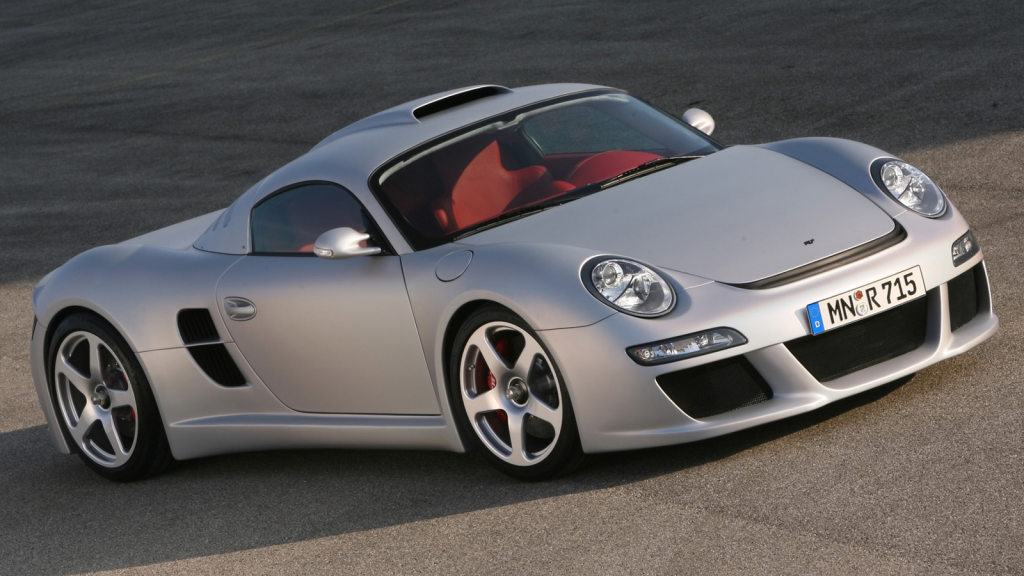
RUF CTR3 / CTR3 Clubsport
Whenever RUF is touched upon, it should be a law mention the mighty and powerful CTR3 as well. The 2007 CTR3 is a mid-engine supercar that is based on the Porsche Cayman (987) but with a completely original body design and chassis, jointly developed with Multimatic. The CTR3 is a handful, it is propelled by its 3.7L twin-turbo at-6 producing 691 HP and 656 lb⋅ft of torque connected to a 6-speed manual transmission, allowing it to accelerate from 0 to 60 in 3.2 and an astonishing top speed of 375 km/h (233 mph), these figures are serious even for today’s standards, and they still make the CTR3 the fastest RUF models ever produced alongside the RTR.
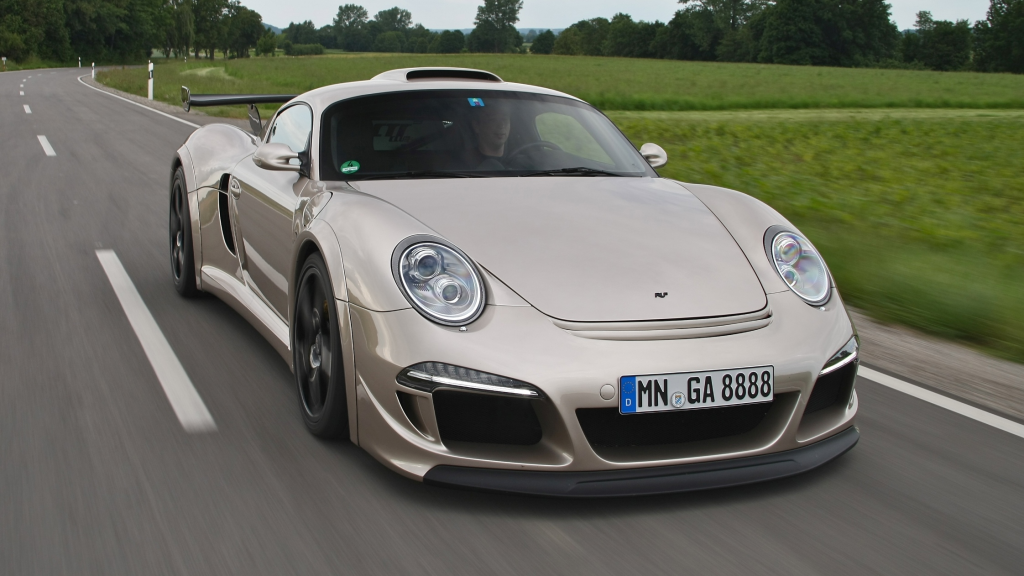
Apparently, the huge power in the CTR3 just wasn’t enough for the RUF engineers, so, in 2012, an even more powerful version, named the CTR3 Clubsport was unveiled. It featured more aggressive bodywork and the power was upped to 766 HP and 723 lb⋅ft of torque. Only 7 Clubsport versions were produced, making the already rare CTR3 a treasure. CTR3 is certainly one of the maddest creations by the Ruf and illustrates their creativity and potential.
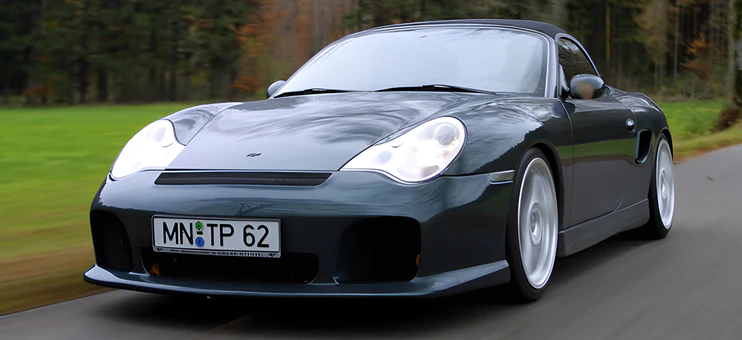
RUF 3600S
The rare, 2003 3600 S is another good example to demonstrate Ruf’s highly experimental side, but it’s never touched upon and forgotten among the more successful RUF models. Figuratively a Frankenstein of the brand, the 3600 S is a tuned Porsche Boxster (986) but unlike its predecessor 3400 S, it features the front fascia of a 996.2 911, which, if you ask me, weirdly works well, and the 3600 S certainly had the power to go through with its unusual design. The 3600 S is powered by a 3.6L at-6 engine producing 340 HP and 216 lb⋅ft of torque which made it possible for this creation to go all the way to 287 kph (178 mph) and accelerate from 0 to 60 in just 4.6 seconds, highly impressive gures for a 1299 kg convertible. The weird hybrid design of the 3600 S shows how RUF is willing to stand out from Porsche models while keeping the essentials intact.
One can say that RUF’s experimental nature and their creative ways of transforming already powerful Porsche bodies and powertrains into a whole di erent and unique dimension make them and their machines pretty special. They stand out from the rest while still retaining that Porsche ” zz” through the gloriously singing tuned at-6 engines and glorious yet loyal body designs. So, then, these cars and how they were built surely provide an answer to the question on the title of this post.



